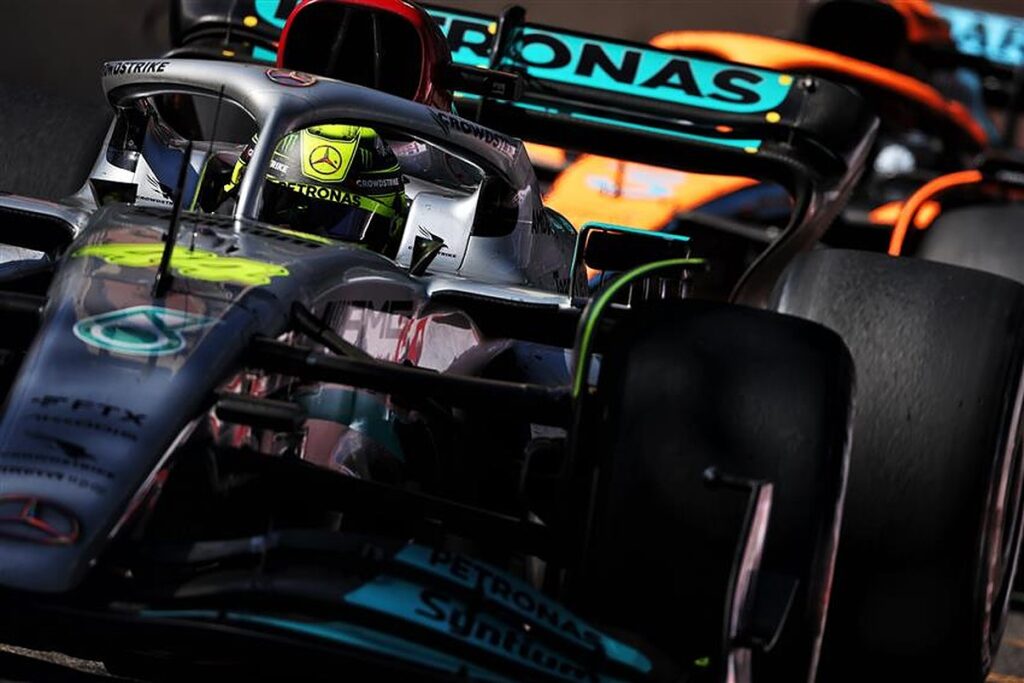Mercedes’ head of trackside engineering Andrew Shovlin has revealed that the team didn’t think they were in a “bad place” with the W13 pre-season, with their 2022 struggles having appeared to be a shock to the usually unstoppable Germans.
Since the start of the hybrid era in 2014, Formula 1 fans have become used to the Brackley-based outfit dominating proceedings.
From 2014-2021, Mercedes claimed every Constructors’ Championship and all but one Drivers’ Championship, with the exception being 2021, of course.
With that in mind, many predicted that the Silver Arrows would reign supreme at the start of the new aerodynamic regulations.

READ: 3 teams praised by Standard Ethics group, Mercedes amongst teams told to improve
How wrong, though, the F1 community was.
Mercedes endured a largely woeful 2022 campaign, with the side having slumped to third in the standings as a result of the horrific porpoising phenomena, which rocked the Germans season.
Lewis Hamilton and George Russell struggled to tame the ‘diva’ that was the W13, which certainly had a tendency to bounce at every given opportunity.
The issue took the Silver Arrows half a year to get on top of, meaning that they’d fallen well behind both Red Bull and Ferrari.
To give Mercedes some credit, they caught Ferrari incredibly quickly by the end of the year and fully deserved their victory at the Brazilian Grand Prix, with it having been the only weekend of the season where they had the strongest overall package.
It was all too little too late, though, as they had to settle for third best.
Recalling the start of the year, Shovlin admitted that the car’s actual performance “didn’t materialise”, as they had no choice but to raise the W13 to eradicate as much of the porpoising as possible.
“At the time about the best thing you could do was just lift the car off the ground, give up performance and manage it that way,” Shovlin told Autosport.
READ: ‘It’s unfair’: Sebastian Vettel makes surprise claim about ex-teammate
“That car was defined much, much earlier in the development programme than the race one package.
“But the issue… at the time in Barcelona, we thought: ‘We’re not the quickest, but we don’t think we’re in a bad place’. Because we were expecting to add good performance with that Bahrain package.
“The issue was that when we fitted it, the porpoising was a whole other level. Most of the performance that we intended to add didn’t materialise because we had to lift the car even further and at that point you couldn’t get rid of the bouncing.”

